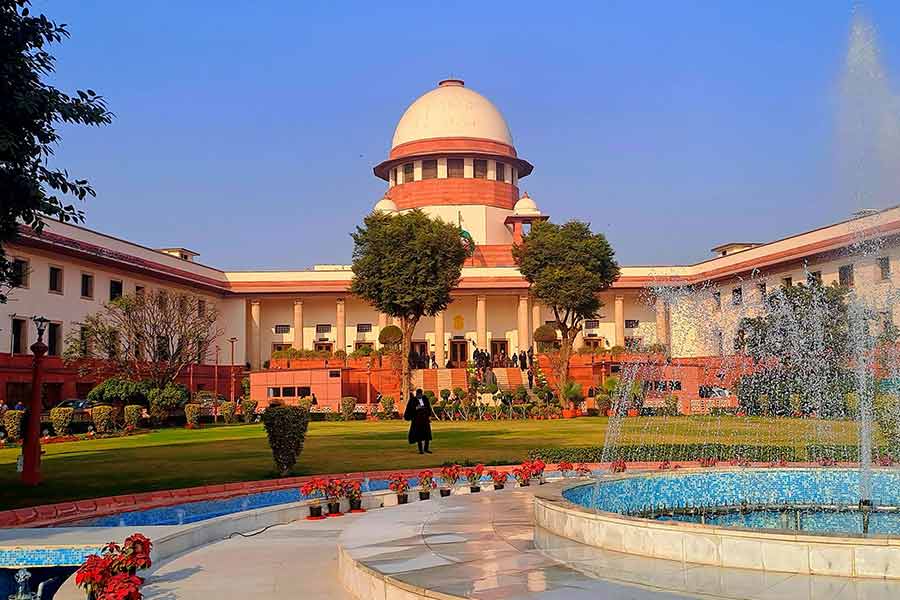Road dust is the biggest source of the most dangerous air pollutant — PM2.5 — in Calcutta, says a study conducted by a central government organisation.
The “source apportionment” study has been conducted by the National Environment Engineering Research Institute, following a request from the West Bengal Pollution Control Board.
A preliminary report of the study says that road dust releases the maximum amount of PM2.5 in the air, followed by emission from houses and tailpipe emission of vehicles.
Health professionals consider PM2.5 — so called because they are less than 2.5 micron in size — the most dangerous air pollutant.
The ultra-fine particles can enter the deepest crevices of the lungs and trigger respiratory ailments and a host of other serious diseases, including cancer.
The findings of the study can surprise many because so far diesel vehicles were believed to be the biggest source of PM2.5.
“This is a preliminary report and the percentage of contribution (of the various sources) could change in the final one,” said an official of the state pollution control board. “The final report is expected to be released later this month.”
Based on the preliminary report, the board has asked the Calcutta Municipal Corporation to sprinkle water on the roads to contain the spread of the dust. Road dust contains silica, calcium, aluminium and carbon particles. “All these can cause respiratory illness,” a scientist associated with the board said.
“Road dust can be restricted if a road is properly paved with a good bituminous layer,” said Sumit Sharma, director, earth science and climate change division of The Energy and Resources Institute.
A scientist with the board, however, raised doubt over whether road dust contains PM2.5. “The dust usually contains bigger particles such as PM10,” he said.










